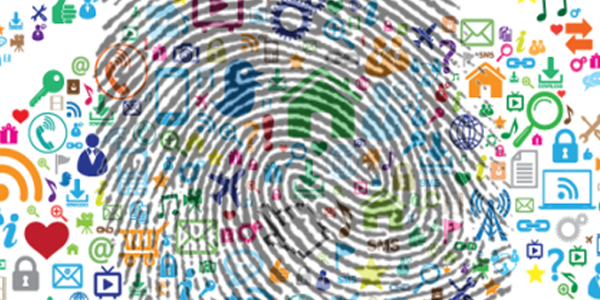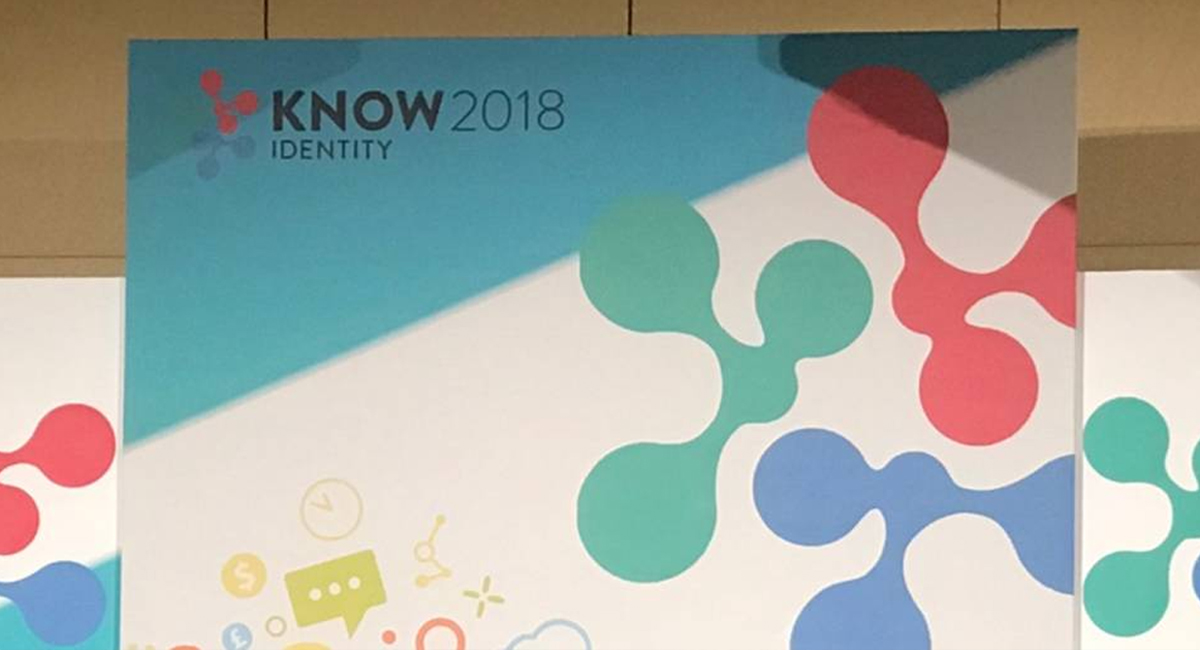
December 3, 2018 | Veratad Blog | Category: Veratad Technologies Blog
Digital Identity Methodologies: Part III
Digital Identity Methodologies: Part III: Biometrics
In an increasingly digital age, the need for online ID verification is only growing. A number we’ve seen pop up, again and again, is $20 billion. As in the market for ID Verification will grow to be a $20 billion industry by 2022. “Identity verification-as-a-service offers a way for e-commerce providers to outsource the verification function to providers with the necessary scale and security to accomplish sensitive transactions quickly, safely, and efficiently” (Fuel x McKinsey).
As a verification provider, we thought we would take you through some options you have when you want to verify an identity online. The way we see it, there are three major methodologies a verification provider can use to verify an identity online. The first method is based on identity data, the second on identity documents and the third is based on biometrics. We’ve covered data and documents in previous posts, and we’ll wrap up this mini-series with the final method for digital identity verification.
Biometric Authentication
The third method for identification makes use of biometrics. Biometric authentication relies on the unique biological characteristics of an individual to verify that he is who is says he is. While relatively new, the use of biometric authentication is already considered mainstream. This is largely due to smartphones using fingerprints, iris scanners, and facial recognition to unlock personal devices. In addition, voice recognition in a two-factor authentication is another deployment of biometric authentication. Facial recognition has become increasingly popular as an added layer to supplement a document verification for identity or age checking. For example, once a document has been verified, a selfie is requested. Then the verification provider can compare the photo on the license to the selfie to make sure the two match. The biometric data acts as an extra layer of certainty the person presenting a document is actually present in customer-not-present transactions.



